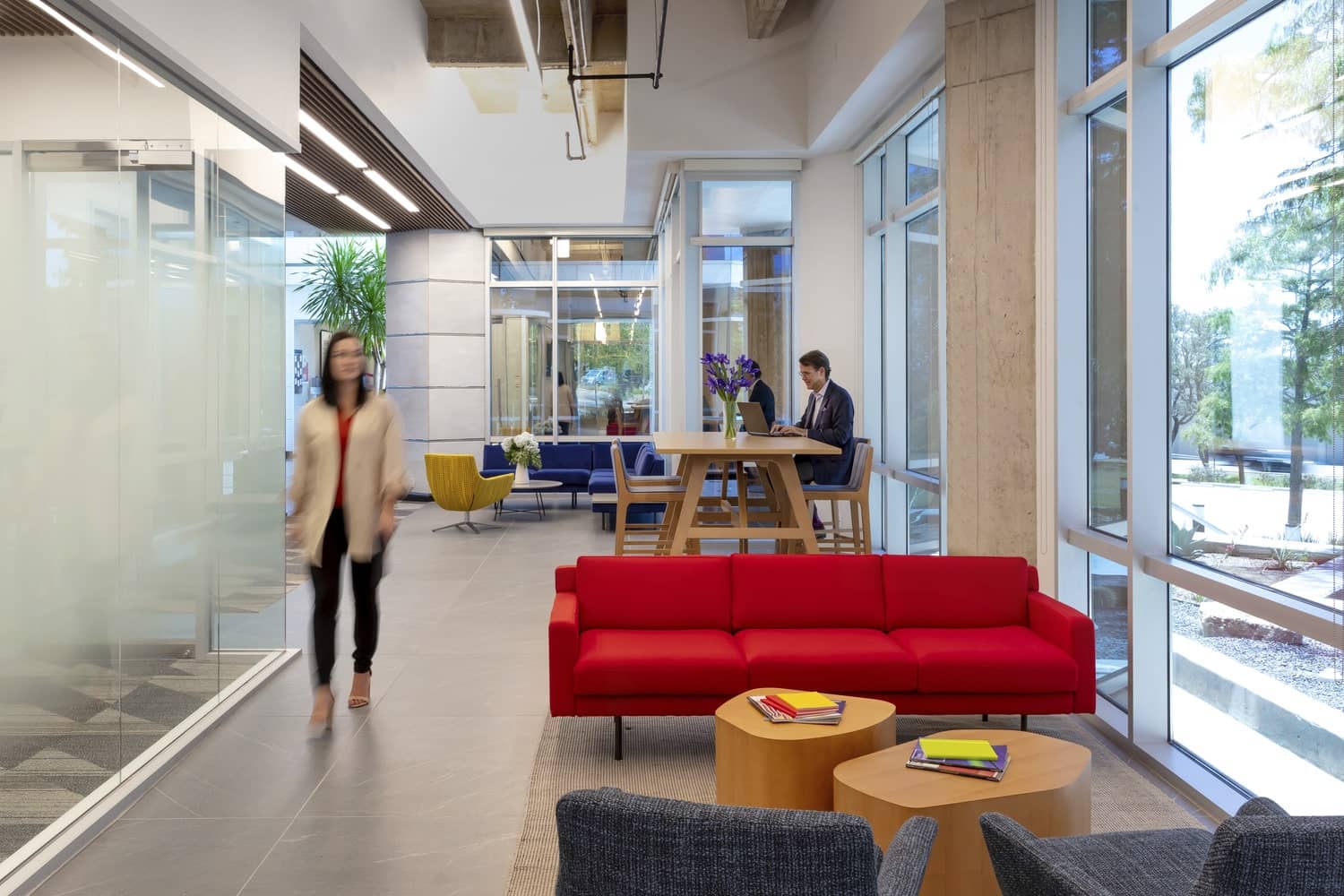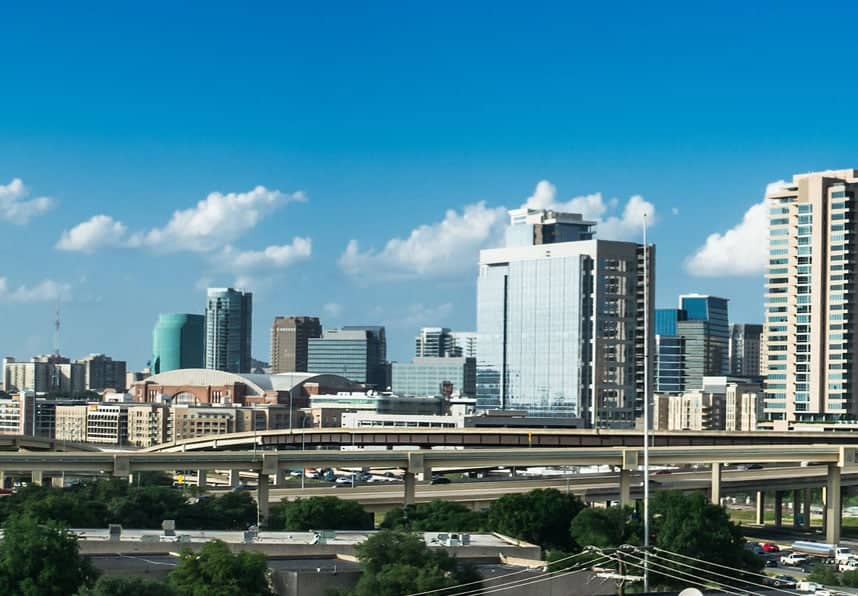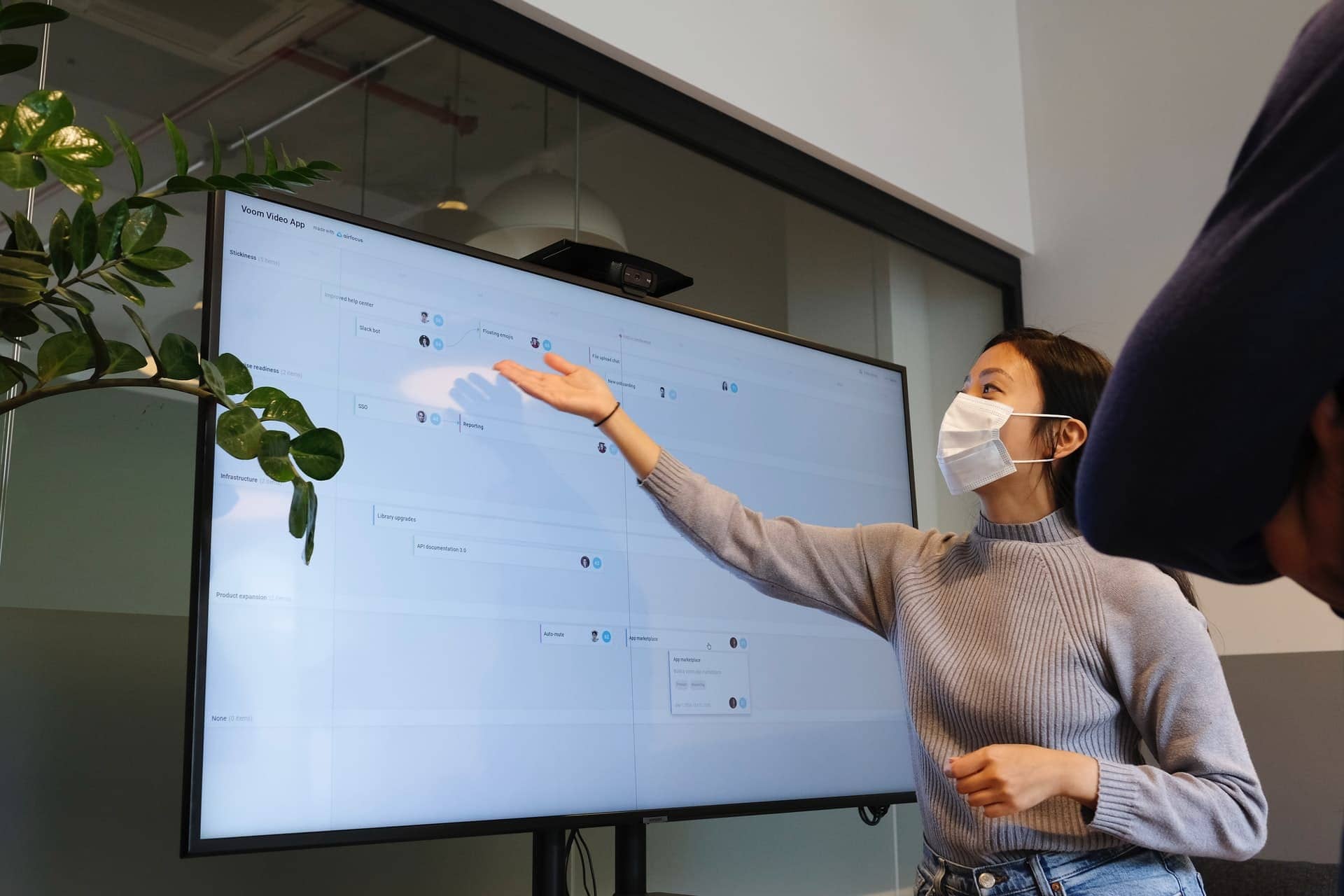The global job market has seen significant recovery since the height of the pandemic. The dynamics of how and where work gets done, however, have undergone significant change. On one hand, employees have demonstrated that working from home can be done; on the other, most companies are eager to have workers back among their fellow employees.
Earlier this year, for instance, Amazon CEO Andy Jassy addressed his employees to stress the importance of returning to the workplace. The memo emphasized that in-person work is critical for fostering a culture of collaboration and innovation. Jassy highlighted that face-to-face interactions enable faster decision-making, more effective learning, and better teaching within teams.
Amazon’s strategy demonstrates how clear communication and a focus on a company’s broader goals can help rally employees around the idea of return to office (RTO).
The challenge rests in large part to attracting remote employees away from the comforts of home, where business hours are relatively subjective, job-related tasks can be interweaved with personal chores and errands, and the daily commute is something one does from one room to the other.
Person-to-person communication not only provides an opportunity to reinforce the importance of one’s role and showcase their contributions and achievements directly, but keeps employees visibly connected to leadership and other decision-makers. Where in-person engagement plays a key role in recognition and career progression, this can prove particularly significant.
According to CRE strategy firm The Instant Group, recent survey data indicates that those surveyed ranked “interaction with colleagues as the most important aspect of workplace connectivity. A staggering 91% of respondents emphasized the importance of interaction within their immediate team, compared to 80% for interactions within the wider company.”
Making the Office More Desirable with Quality Workspaces and Amenities
Employees expect more out of the office than they used to. For that reason, one of the biggest steps taken by many businesses is the move to Class-A office environments that offer more than just a workspace.
“Experts are seeing a “flight to quality” among companies that use offices,” said KBS CEO Marc DeLuca in Forbes. “With roughly 80% of office leases being signed in buildings that are Class-A, I am witnessing companies increasingly seeking fresher, modernized office space to house their teams.”
Featuring high-end amenities, advanced technology, and designs tailored to foster collaboration, comfort, and productivity, Class-A buildings are focusing on making in-office time a purposeful and enriching experience. They provide enhanced air filtration systems, contactless technology, and extensive cleaning protocols that make these spaces safer and addresses employee concerns about health — with facilities they might not have at home — like wellness centers, gyms, rooftop lounges, and vibrant communal areas.
Additionally, these buildings are often located in vibrant, well-connected areas with easy access to transportation, retail, and dining options, further enhancing their appeal. By elevating the office experience, Class-A spaces redefine the workplace as a destination to which workers find worth commuting.
KBS’ Adaptation Strategies
KBS has also been adapting to the changing work environment by focusing on creating office spaces that meet the evolving needs of tenants and their employees. Through its Spec Suite program, KBS designs move-in ready spaces throughout their portfolio at highly amenitized buildings to make moving into a new office as quick and seamless as possible.
“We understand what today’s tenants are seeking, and we consistently identify innovative ways to deliver best-in-market offerings to our current and future tenants,” said Tim Helgeson, SVP and asset manager at KBS, in GlobeSt.com.
Our spec suite program is an example of this innovative thinking. While many office owners have offered blank space for lease, we take a step further by building out well-furnished spec spaces that truly demonstrate the flow, function, and aesthetic that is available within the property.”
Final Thoughts
The value of in-person interactions — particularly in terms of collaboration, visibility, and community — is irreplaceable. Ultimately, the success of RTO policies will depend on how companies are able to raise the stakes with quality workplaces and appealing amenities, such as those offered in Class-A office buildings.
Learn more by visiting KBS.com/Insights.




